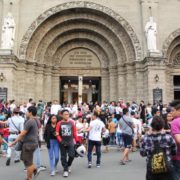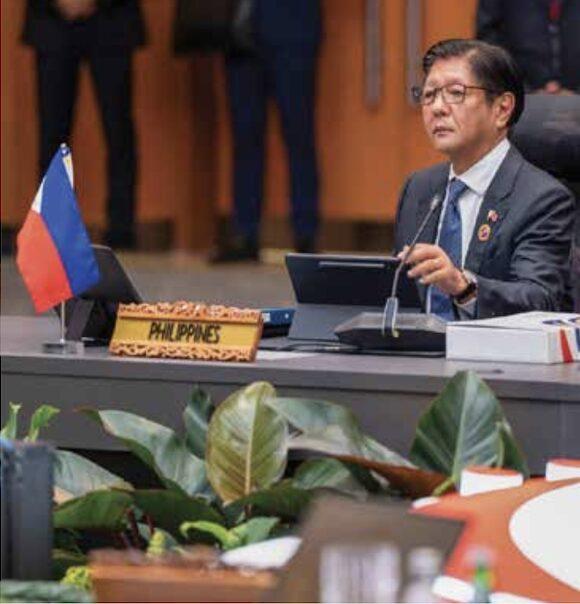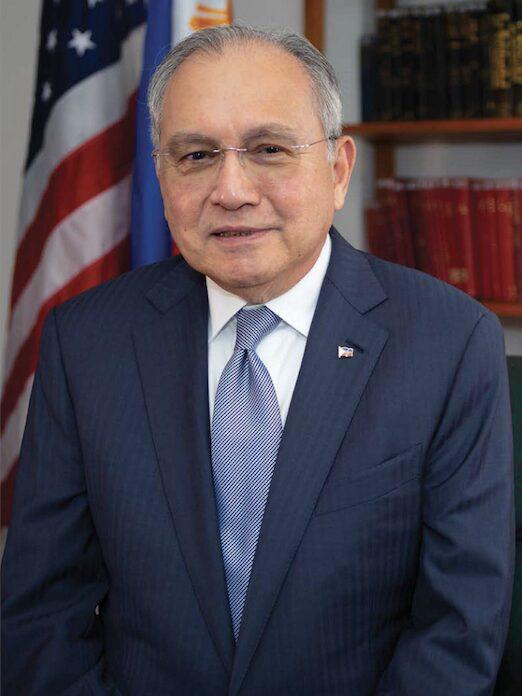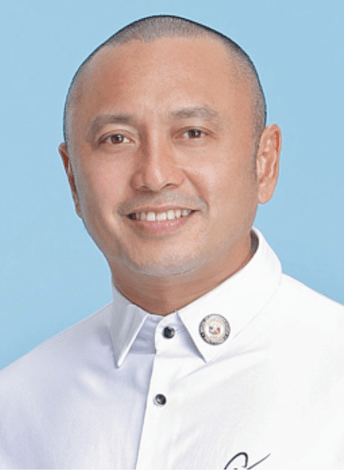MANILA, PHILIPPINES – Some one million visitors, local and foreign tourists alike, traveled to the Walled City of Intramuros for the observance of the Holy Week.
The Department of Tourism (DOT) and its attached agency, the Intramuros Administration (IA), welcomed the visitors with a series of events to promote the Walled City as a holistic faith destination in Metro Manila.
“For a pre-dominantly Catholic country like the Philippines, the Holy Week or Lenten season is a perfect time to reflect, repent, and travel. We congratulate the Intramuros Administration and our Faith Tourism sector for the successful reopening of the Walled City for the Lenten season,” said Tourism Secretary Wanda Tulfo-Teo.
For the first time since World War II, Intramuros has opened its churches and chapels to the faithful pilgrims, aiming to restore the vibrant religious culture prevalent before the war.
The Intramuros Administration headed by Atty. Guiller Asido hosted the Visita Iglesia, a pious Roman Catholic Lenten tradition involving visitation to seven churches. The Manila Cathedral, San Agustin Church, San Ignacio Church site, Guadalupe Shrine in Fort Santiago, Knights of Columbus Fr. Willman Chapel, Lyceum of the Philippines University Chapel, and Mapua University Chapel are all found within the Walled City.
The installation of Via Crucis stations, or a series of images depicting Jesus Christ on the day of his crucifixion and accompanying prayers, along General Luna Street of the Walled City followed the Vatican II sanctioned New Way of the Cross.
A modern interpretation of the Senakulo or the dramatic presentation depicting the Passion of Jesus Christ: his trial, suffering and death entitled “Martir sa Golgota”, by the Tanghalang Sta. Ana theater ensemble directed by renowned Lou Veloso, was staged in front of the Palacio del Gobernador.
Meanwhile, the DOT also supported the 2018 Lenten Festival of Cainta, Rizal, whose highlights were the traditional Lenten Grand Parade, Senakulo (Passion Play), Penetencia (Sacrifice), and Ang Pagpapako (The Crucifixion of Jesus).
At least 17 performing groups reenacted a particular scene of the Senakulo in front of the Cainta Plaza during the Lenten Grand Parade.
Among the groups that performed were the Samahang Nazareno Inc., Samahang Hebreo, Samahang Pasang Krus, Samahang Walang Sindak, Cainta Nazareno, Kabataang ng Kalbaryo Inc., Samahang Pieta, Krus Sa Nayon, Samahang Junior Nazareth, Samahang Penitencia, and Romans Club.
Teo said the DOT is pushing for more faith-based tourism activities for the Catholic faithfuls catering to both the local and foreign tourists.
“We aim to capitalize on our unique Catholic festivals and Filipino traditions to pursue more Catholic pilgrims or faith tourists from Brazil, Mexico, United States, Columbia and Spain among others,” Teo added.
According to the 2017 Annuario Pontificio, or Pontifical Yearbook, and the Vatican Statistical Yearbook, eight out of ten Filipinos are Catholics accounting for 82,212,678 believers in 2015. The Philippines is also ranked as third country in the world with most Catholics following Brazil and Mexico. It remains the largest Catholic nation in Asia.
The number of Catholics around the world is projected to grow by an estimated 500 million by 2050 led by Latin America with a significant boost in developing countries in Sub-Saharan Africa.
The rise of spiritual tourism in the Philippines is anchored on the diversity and richness of the churches and religious sites open to the public.
Around 72 dioceses in 16 ecclesiastical provinces as well as seven apostolic vicariantes and practically a church in every town or village presents a wide selection for Catholic devotees.
“We will also highlight the numerous papal visits in the country with the head of the Catholic church as the focal influencer of pilgrimage and faith tourism,” Teo stressed.
Pope Paul VI visited the Philippines in 1970 while Pope John Paul II came in 1981 and 1995. In January 2015, the country made history for the world’s largest papal mass during the visit of Pope Francis with an estimated crowd of six million.






